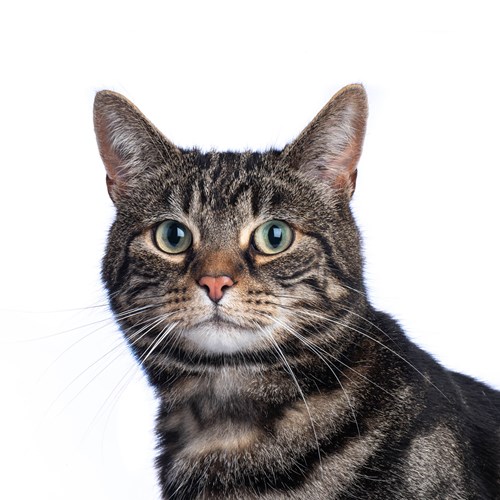
Key Information
CPD Hours: 24 hours
Course Length: Six weeks
Course Format: An intensive tutor-moderated online learning experience. Resources include online presentations, introductory electronic course notes, supplementary reading material, sharing clinical experiences through self-assessment tasks and discussion forums with colleagues and the tutors
Enrol Now
Alternatively you can download and email using our Registration Form
Course Information
- Anaesthetic equipment
- Anaesthesia and analgesia related medications
- Pre-anaesthetic assessment
- Anaesthesia monitoring
- Pain assessment
- Anaesthesia for specific conditions
Do you need an anaesthesia refresher or are you looking to increase your knowledge of anaesthesia and analgesia?
This online course is aimed at qualified veterinary nurses working within the primary care setting who want to refresh their knowledge, learn some new things and updates about recent advances in anaesthesia and analgesia.
This course could also be suitable for student veterinary nurses who have regular clinical anaesthesia exposure, have completed the anaesthesia modules in their training programme and are now keen to develop this area of their clinical work. The course will provide a theoretical and practical approach to the realities of anaesthesia and analgesia in practice with some added extras!
Why do this course?
Our learning material covers all aspects of anaesthesia, starting with anaesthesia equipment, for example, the anaesthetic machine and breathing systems. We will teach you how to perform a pre-anaesthetic assessment of the patient and build a patient specific individualised anaesthesia and analgesia plan. We will help you understand what your monitoring equipment is telling you and how to trouble shoot problems that you might see on your monitors. The course will finish off by looking at the considerations of some different medical conditions and how that condition affects our planning for anaesthesia.
Lisa Angell, VTS (Anaesthesia/Analgesia) PGCertVetEd FHEA RVN
Head Anaesthesia Nurse
The Royal Veterinary College
Claire Sneddon, RVN
Senior Anaesthesia Veterinary Nurse
The Royal Veterinary College

